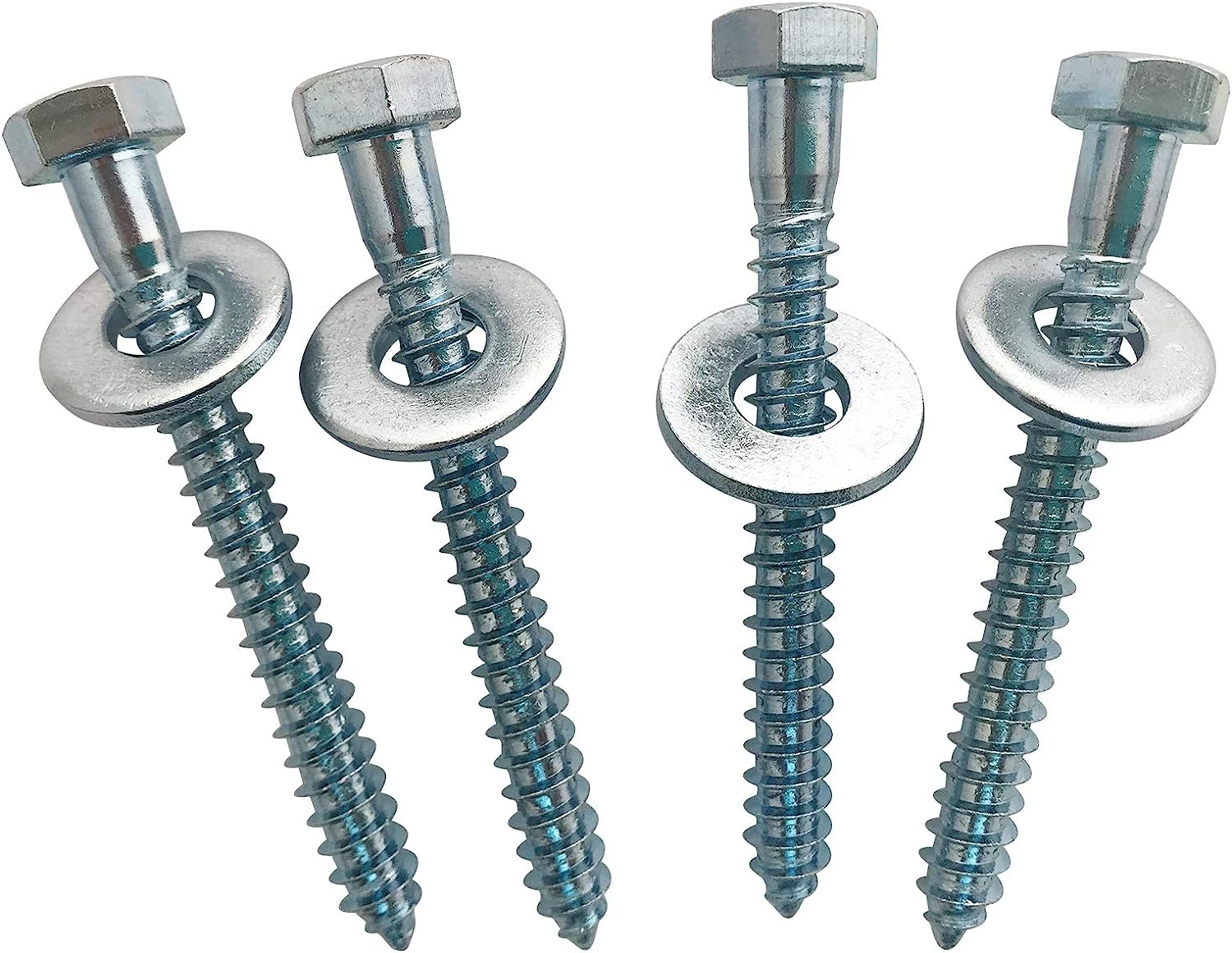A wiring gauge chart helps homeowners, electricians and do-it-yourselfers understand the sizing of wires. It also helps determine the maximum capacity a wire can carry. Wires with larger diameters have smaller resistance, which reduces electricity loss and saves energy.
Knowing the right gauge for your electrical project depends on several variables. The most important are current-carrying capacity and cross-sectional area.
Diameter
The diameter of a wire gauge indicates its cross-sectional area. This information is useful for determining the amount of current that can be safely carried by the wire without causing damage. Engineers can use this information to calculate the maximum current a wire can carry and make sure that it will not melt or overheat.
When choosing a wire gauge, engineers should consider its diameter and ampacity (the maximum electric current it can carry). The larger the wire’s diameter, the more power it can carry. However, a wire with a smaller diameter can still be used as long as it is not carrying too much current.
A smaller wire has more resistance than a larger one. This is because electrons flowing through the wire have less room to move, which causes them to bump and rub against each other more easily. This rubbing and bouncing creates friction, which is known as resistance. Larger wires have more room, which reduces the resistance and allows for a smoother flow of electrons.
Cross-sectional area
The cross-sectional area of a wire is determined by its diameter. It can be calculated using the formula A=pr2, where r represents half the diameter. This calculation is easy to perform with a vernier caliper or any other measuring instrument. The cross-sectional area of a round wire increases as the gauge number decreases, and it doubles every three gauge numbers (e.g., a thirty-four-gauge wire has double the diameter of a nine-gauge wire).
The higher the cross-sectional area, the more current a wire can carry. If the cross-sectional area is too small, current loads on wires will be high, which may cause overheating or even fire. It is important to select the right size of conductor for your specific needs. This will ensure safe application and a rational use of financial resources. If the conductor is too large, it will be expensive and difficult to install. It will also require a larger amount of copper or aluminum to suppress resistance and support the current.
Weight per unit length
Choosing the right wire size is crucial in electrical circuits. A thinner wire can easily conduct more current than it is designed for, leading to a meltdown or other failure in the circuit. To prevent this, engineers use a wiring gauge chart to determine the maximum current that each wire can safely handle.
Generally, a wire’s gauge size is twice its diameter. This is because the number of times the wire is drawn and stretched decreases its physical width and increases its numerical value. However, this process also reduces the amount of current that can flow through it.
A Wiring Gauge chart can help you choose the correct wire size for your home, office or commercial building. These charts include information such as the wire’s diameter, cross-sectional area, resistance and ampacity. They are used by electricians, engineers and do-it-yourselfers to ensure that their installations function properly and safely. They can also be useful for students who want to learn more about the core concepts of electricity.
Resistance
The resistance of a wire is an important factor when choosing the right gauge for a given electrical circuit. Wires that carry too much current can become very hot and may even catch fire. To avoid these issues, it’s important to identify the total amperage of the circuit and choose a wire size that can handle that amount without becoming too hot.
Electricity flows more easily through metals than other materials, so they tend to have lower resistance. However, this resistance can vary depending on the type of metal and its temperature. In addition, it can also be affected by the length of the wire.
Resistance is measured in ohms, which is the standard unit of measurement for electrical resistance. It is calculated as a material’s resistance per unit length and cross-sectional area at a given temperature. It can be easily calculated with a simple multimeter. It is also directly proportional to a wire’s length and inversely proportional to its diameter.
